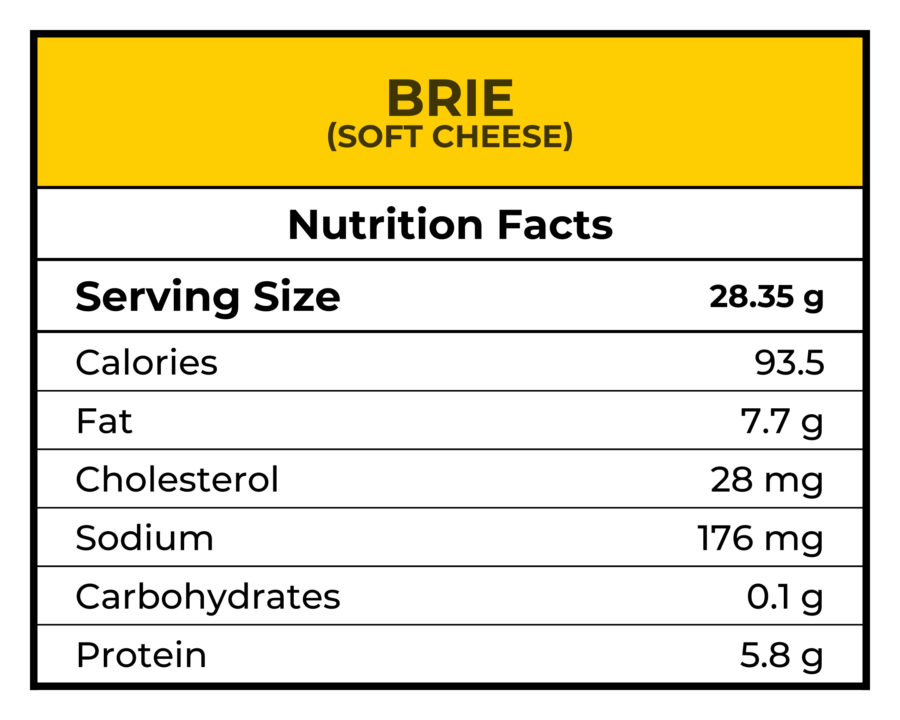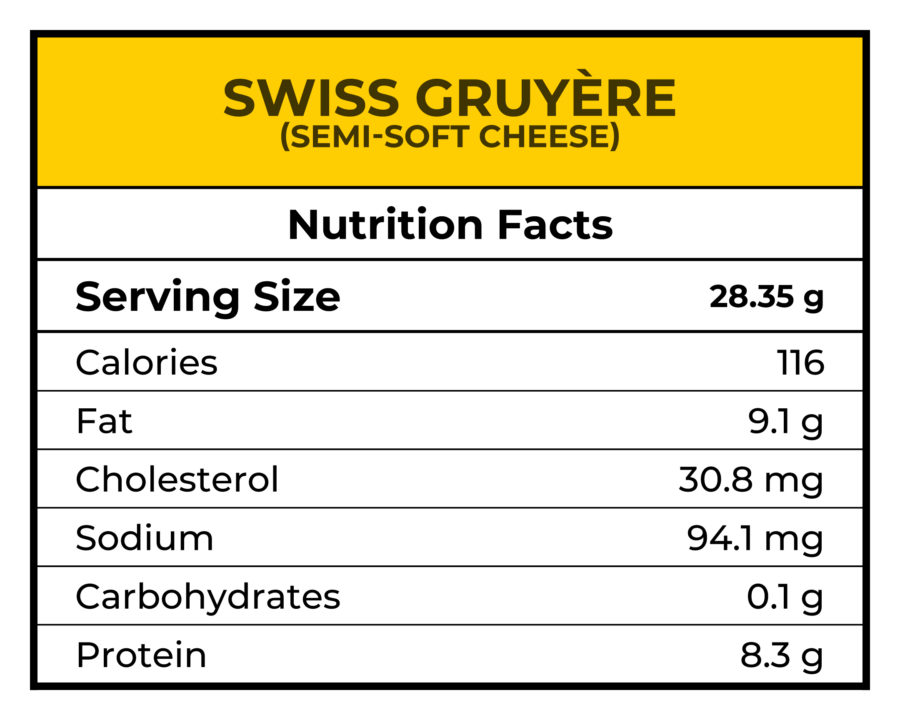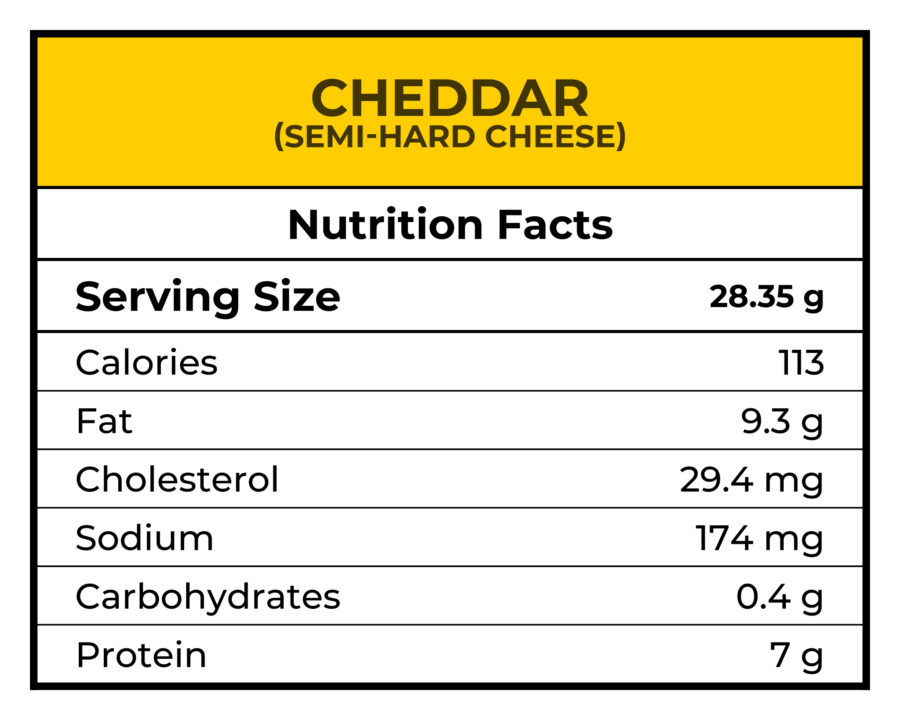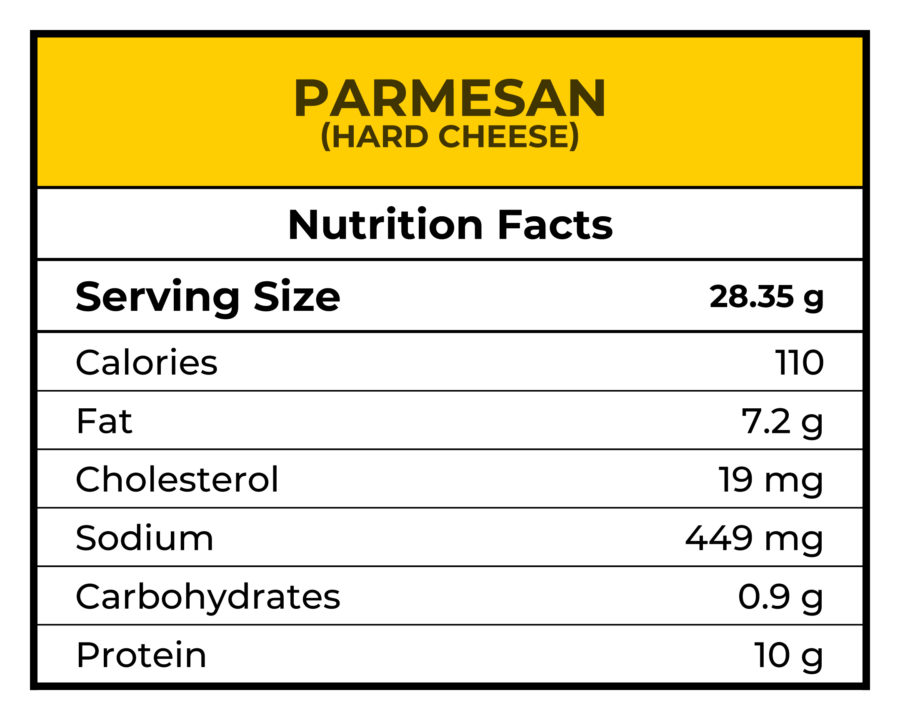Ehat Kind of Cheese Can You Have on Keyo
- What Is Cheese?
- Can Cheese Help You Lose Weight?
- How to Choose the Best Keto Cheese
- Which Cheeses Are the Healthiest?
- Which Cheeses Should You Avoid?
- How to Know If You're Sensitive or Intolerant to Cheese
When most people think of a ketogenic diet, they think of bunless burgers covered in melted cheese, chunks of cheddar cheese with bacon and eggs, and even sugar-free ice cream. Some envision keto cheese foods like crispy mozzarella sticks and cheesy cauliflower.
GET MORE KETO-FRIENDLY RECOMMENDATIONS
Subscribe to the Perfect Keto weekly newsletter to get easy & insanely delicious keto recipes, keto guides & the latest keto trends right in your inbox.
You're in!
Well, they're not entirely wrong. As long as you keep your net carbs (and thus, your total carbs) low, you can eat a lot of high-fat foods on a keto diet. And that includes dairy products — provided you can digest them without problems, of course.
Most people adopt a keto diet to feel better, improve their energy levels, or lose weight. Beyond sticking to a keto meal plan by properly calculating your macros , the kinds and quality of your food is key to your results.
Because keto and low-carb diets differ from the standard American diet, a common question keto beginners have is which foods are acceptable. Cheese is delicious, low-carb, and sugar-free. But not all cheeses are keto-friendly.
In this article, you'll learn which cheeses are healthy, which ones you should avoid, how to tell if you're sensitive or intolerant to cheese and dairy products, and where cheese fits into your ketogenic diet.
What Is Cheese?
Cheese is a dairy product, usually derived from the milk of cows, buffalo, goats, or sheep. It contains the protein and fats from milk. Humans have made cheese for over 7,200 years, and cheesemaking predates recorded history[ * ].
During cheesemaking, cheese is acidified using naturally occurring bacteria, and sometimes by the addition of lemon juice or vinegar. The healthy bacteria in cheese convert the milk sugar lactose into lactic acid, which helps preserve the cheese.
After adding the enzyme known as rennet — which comes from the stomachs of ruminant mammals and causes cheese curds to form — cheesemakers press or strain cheese to remove most of the moisture content.
Soft and semi-soft cheeses like mozzarella have a higher moisture content, while semi-hard and hard cheeses like cheddar and parmesan have lower moisture levels and are usually aged longer.
There are thousands of different cheeses from around the world. The style, texture, and flavor depends on the milk (including the animal's diet), pasteurization, length of fermentation, fat content, use of bacteria and mold, processing methods, and aging and curing.
Most yellow or red cheeses get their color from the addition of annatto, which is an orange-red dye obtained from the seeds and pulp of a tropical tree called achiote. Cheesemakers can also add herbs, spices, or wood smoke as flavoring agents.
Nutritional Profile of Cheese
The nutritional profile of cheese varies according to the type of cheese. Soft and semi-soft cheeses often have more lactose (carb) content, while semi-hard and hard cheeses usually have less lactose.
Take the keto quiz
Find the right keto snacks & supplements
for your unique goals
Take quiz
An ounce of brie, a soft cheese, contains[ * ]:

- 93.5 calories
- 5.8 g protein
- 0.1 g carbs
- 7.7 g fat
- 28 mg cholesterol
- 176 mg sodium
An ounce of Swiss Gruyere, a semi-soft cheese, contains[ * ]:

- 116 calories
- 8.3 g protein
- 0.1 g carbs
- 9.1 g fat
- 30.8 mg cholesterol
- 94.1 mg sodium
An ounce of cheddar, a semi-hard cheese, contains[ * ]:

- 113 calories
- 7 g protein
- 0.4 g carbs
- 9.3 g fat
- 29.4mg cholesterol
- 174 mg sodium
An ounce of parmesan, a hard cheese, contains[ * ]:

- 110 calories
- 10 g protein
- 0.9 g carbs
- 7.2 g fat
- 19 mg cholesterol
- 449 mg sodium
Benefits of Cheese
High-quality dairy products are a great source of micronutrients.
Cheese is high in fat (including the short-chain fatty acid, butyrate), protein, and calcium. It also has vitamin A, vitamin B12, zinc, phosphorus, and riboflavin.
If you buy cheese made from 100% grass-fed milk, it also contains vitamin K2 and the omega-3 fatty acid, conjugated linoleic acid (CLA)[ * ].
All of these nutrients play essential roles in your body, and most people don't get enough of them. If you're not eating organ meats or fermented soy, including more grass-fed cheese in your diet is a great way to get more fat-soluble vitamins like vitamin A and K2.
Raw cheese — similar to other probiotic dairy foods — can help populate your gut with good bacteria, such as Lactobacillus acidophilus , which can improve your digestion and reduce inflammation in your body[ * ].
Downsides of Cheese
Cheese can be a great source of nutrients, but does that mean everyone should consume it?
No. Lots of people have a sensitivity or allergy to dairy, which includes cheese.
There are two main reasons some people respond poorly to cheese:
- They're intolerant to lactose (milk sugar) in milk products
- They're intolerant or allergic to casein (a milk protein) found in dairy products
Some people lack the necessary digestive enzymes to break down these sugars and proteins.
If you can't digest lactose or casein, you're likely to experience some unpleasant side effects:
- Fatigue
- Metabolic issues
- Skin problems, like rashes and acne
- Digestive issues
If you have a casein intolerance, you may be able to eat A2 cheese. A2 cheeses are made using milk from specially bred cows whose milk contains less A1 casein. Studies have linked A1 casein to more problems in people who have casein sensitivities[ * ].
Whether or not you have a sensitivity to dairy, poor-quality cheeses are off limits.
Some foods labeled "cheese" are not cheeses, but are actually lab-made products with unhealthy refined oils, artificial flavors, preservatives, and added sugars.
Low-quality real cheese can also contain contaminants from factory farms as well as unnatural byproducts of homogenization (mixing) and high-heat pasteurization[ * ].
Can Cheese Help You Lose Weight?
Assuming you don't have any dairy sensitivities and purchase high-quality keto cheese, you can enjoy some cheese on your keto diet. But what about during weight loss? Some people advocate avoiding cheese on "clean keto."
Clean keto sounds impressive, but there's nothing dirty about high-quality cheese. Cheese will not raise your blood sugar or kick you out of ketosis. If you aren't losing weight on keto , don't blame cheese.
The fact is, to lose weight on keto you need to create a mild caloric deficit through diet and exercise . You will eat minimal amounts of carbs, adequate protein to maintain your lean body mass, and the rest of your calories will come from fat.
By restricting carbs and eating plenty of healthy proteins and fat, your body will go into ketosis. You will use fat for fuel, allowing you to burn more fat at rest and during exercise.
The only issue with eating cheese happens if you eat a lot of cheese along with too many calories from other foods.
If you eat too many calories, you can't remedy the problem with more exercise. But there's a simple solution: avoid snacking, stick to a fixed meal schedule, and make sure you're getting enough to eat at each meal.
Not sure how much you're eating? Track your calories for a few days in a meal tracking app like MyFitnessPal .
How to Choose the Best Keto Cheese
There is a vast difference between high-quality organic cheese, made using traditional methods, and mass-produced factory-farmed cheese. Here are some questions to keep in mind when shopping for keto cheese.
Is It Homogenized?
Natural milk is not homogenized. Cheese made with homogenized milk is less healthy than cheese made with whole, non-homogenized milk. This is because the homogenization process creates unnatural byproducts through molecular fragmentation. That means that your body won't recognize the chopped-up fats and proteins.
When cheese is made locally using traditional methods, it doesn't have that issue. But if a cheese is made with mass-produced milk, or if it is made with skim milk or labeled as "reduced fat," avoid it.
Is It Pasteurized?
Pasteurization is another industrial process that reduces the health benefits of cheese and other dairy products.
GET MORE KETO-FRIENDLY RECOMMENDATIONS
Subscribe to the Perfect Keto weekly newsletter to get easy & insanely delicious keto recipes, keto guides & the latest keto trends right in your inbox.
You're in!
For thousands of years, people drank raw (unpasteurized) milk and made cheese with raw milk. It's only when people began living in dense cities, with higher temperatures and longer transport times, that dairy products grew dangerous bacteria and people got sick.
To solve that problem, milk producers began heating their milk to kill the bacteria — a process invented by Louis Pasteur in the mid-nineteenth century.
Pasteurization may have made sense a hundred years ago, but now we know it also kills beneficial bacteria, destroys beneficial enzymes, and alters or destroys healthy fats and proteins.
Opt for cheese made with raw milk. It's probiotic, contains enzymes that help you digest dairy, and has all of its nutritional benefits intact. Same goes for other fermented dairy products like sour cream and full-fat Greek yogurt.
Is It Organic?
Whenever possible, buy organic cheese and other dairy products like heavy cream.
Organic dairy products are better than conventional dairy products but not as good as organic and raw.
Organic cheese is often still made from homogenized and pasteurized milk, but at least you know the animal that provided the milk was fed an organic diet and was not given synthetic hormones.
Is It Grass-Fed?
Finally, it's important that you eat cheese made from milk produced by grass-fed cows.
Grass-fed cheese is a big deal because cows are supposed to eat grass. Feeding cows a diet of grass instead of grains and refined carbs, increases the beneficial omega-3 fatty acids and fat-soluble vitamins in their milk[ * ].
Which Cheeses Are the Healthiest?
Most people don't know cheese has the following health benefits:
- Healthy bacteria found in cheese improves gut health, increase metabolism, and improve digestion[ * ].
- Saturated fatty acids in cheese (including myristic acid and palmitic acid) increase HDL, small dense LDL, and total cholesterol[ * ].
- Saturated fatty acids in cheese (including lauric acid) inhibit bacteria and viruses[ * ].
- Oleic acid in cheese prevents coronary heart disease and stabilizes cell membranes[ * ].
- Alpha-linoleic acid found in cheese is an omega-3 fatty acid that reduces inflammation[ * ].
- Magnesium found in cheese reduces blood pressure[ * ].
- Zinc found in cheese improves immune function and gene expression[ * ].
- Selenium found in cheese reduces cancer risk, improves allergy symptoms, and lowers heart disease risk[ * ].
Here are some of the very best cheeses to include in your keto diet or use in keto recipes :
- Blue cheese
- Brie
- Cheddar
- Colby
- Cream cheese
- Feta
- Gouda
- Havarti
- Jarlsberg
- Monterey Jack
- Muenster
- Paneer
- Parmesan cheese
- Provolone
- Swiss cheese
- Whole mozzarella cheese
In general, the best cheeses for your keto diet are high in fat content, moderate to high in protein content, low in carbohydrates, and contain healthy probiotic bacteria.
Which Cheeses Should You Avoid?
While high-quality cheese is a healthy choice, highly processed cheese foods are not.
Avoid refined cheese foods, cheese spreads, and imitation cheeses because they are homogenized and pasteurized.
They're also made in large batches in factories and usually contain unhealthy ingredients like artificial flavoring, dyes, preservatives, and even sugar.
In the United States, the FDA requires that manufacturers label these fake foods as "pasteurized process cheese," "pasteurized process cheese food," or "pasteurized process cheese spread." So avoid anything with those labels.
Here are other cheeses you don't want in your shopping cart:
- Pre-sliced cheese "singles"
- Bagged shredded cheese
- Soy "cheese," cheese analog, and other vegan cheese substitutes
- Low-fat or reduced-fat cheese
Cheese singles and pre-shredded cheese contain artificial preservatives and added starches to keep them from sticking together. It's best to slice or shred cheese yourself.
While almond milk, coconut milk, and other non-dairy milks are usually keto-friendly, most vegan cheeses are not. That's because they're often made with soy, which is not a healthy choice for a keto diet . Typically, cheese substitutes also contain less fat and more carbs than real cheese. One ounce of cheese analog has 70 calories, 3.2 grams of protein, 7 grams of carbs, and 3.7 grams of fat.
As mentioned, low-fat and reduced-fat cheese is highly processed (a bad thing) and usually made with skim milk (also a bad thing). Stick with full-fat cheeses only.
Finally, some cheeses contain less fat or more carbs than other cheeses. You can still eat them as long as you remember not to eat too many carbs overall . But make sure to keep an eye on your macros if you eat cottage cheese or ricotta cheese.
How to Know If You're Sensitive or Intolerant to Cheese
Lactose, a sugar found in milk, is the most common cause of dairy sensitivities. Lactose intolerance occurs because lactose is difficult to break down and digest for people who lack the lactase enzyme.
Some people lose the ability to produce lactase after infancy, while others continue to create it their whole lives. While there are degrees of lactose intolerance, it all comes back to lactase production.
Lactase production is mostly genetic[ * ]. Lactose intolerance affects 90% of people of East Asian descent, and also commonly affects people with West African, Arab, Jewish, Greek, and Italian ancestry. But only about 5% of people of Northern European descent are lactose intolerant[ * ].
If you have lactose intolerance, you're likely to experience:
- Gas
- Bloating
- Cramping
- Diarrhea
- Nausea
You may still be able to eat hard cheeses like parmesan because they are extremely low in lactose.
While most people have heard about lactose intolerance, a lesser-known culprit in dairy sensitivities is casein. Sensitivity to casein — a protein found in milk — comes with the same set of symptoms as lactose intolerance, plus allergic symptoms.
If you experience any of the following, along with an upset stomach, a casein sensitivity might be to blame:
- Hives
- Itching
- Wheezing
- Anaphylaxis (severe, whole-body swelling including your airways)
- Facial flushing
What to Do About Dairy Sensitivities
Dairy sensitivity can range from uncomfortable or embarrassing (digestive problems) to life-threatening (anaphylaxis), so you should speak to a trusted physician if you suspect you may have these issues.
If you do have a dairy sensitivity, you may want to ditch dairy altogether. Dairy isn't required on the keto diet, and if it doesn't work for you, you can say goodbye.
But if you're just starting keto and suspect you might have a dairy sensitivity, there's some good news: keto can reduce lactose intolerance symptoms in some people.
It turns out the issue sometimes has more to do with overall carbs and not dairy or lactose in particular.
While there aren't yet any studies to confirm this, anecdotal evidence suggests that by improving insulin sensitivity and reducing inflammation, some keto dieters can reverse lactose intolerance — or whatever sensitivity was mistakenly believed to be lactose intolerance that was actually caused by poor overall diet.
Consider a 30-Day Dairy Elimination Period
Whether you have a known dairy sensitivity or not, Dr. Anthony Gustin suggests cutting out dairy for 30 days before or after you begin keto.
Remove Dairy From Your Diet
Don't change any other variables, and take note of any changes in your health after you cut out dairy products. Even if you think you feel healthy, you may notice improvements you didn't realize were possible.
Although digestive issues are the most noticeable symptoms, dairy sensitivities don't just affect the gut. They're also associated with:
- Fatigue
- Headaches
- Skin issues (acne, dry or itchy skin, dandruff)
- Bloating
- Weight gain
If you do have a dairy sensitivity, this is where you'll notice major improvements.
Take Note After 30 Days
After 30 days, take note of how you feel. If you notice improvements, it doesn't mean you can never have dairy, but it does indicate you were reacting to something.
Reintroduce
The final step is to slowly and systematically reintroduce healthy cheeses and other keto-approved dairy foods . Add one food every 1-2 weeks and see how you respond.
Because not all dairy is the same, you need to learn how each type of dairy food affects you.
Keto Cheese Is Possible
The good news for cheese lovers is that yes, cheese is keto-friendly. It's low in carbs, and it can be a great source of healthy fats and protein.
But remember: for anyone — keto or not — it pays to buy high-quality cheeses and other dairy products. That means non-homogenized, unpasteurized, and organic cheese made from grass-fed milk using traditional methods.
If you stick with the highest quality keto cheese (and other low-carb dairy products), you will benefit in terms of weight loss, better strength and energy levels, and optimal hormone levels.
GET MORE KETO-FRIENDLY RECOMMENDATIONS
Subscribe to the Perfect Keto weekly newsletter to get easy & insanely delicious keto recipes, keto guides & the latest keto trends right in your inbox.
You're in!
Ehat Kind of Cheese Can You Have on Keyo
Source: https://perfectketo.com/is-cheese-keto/